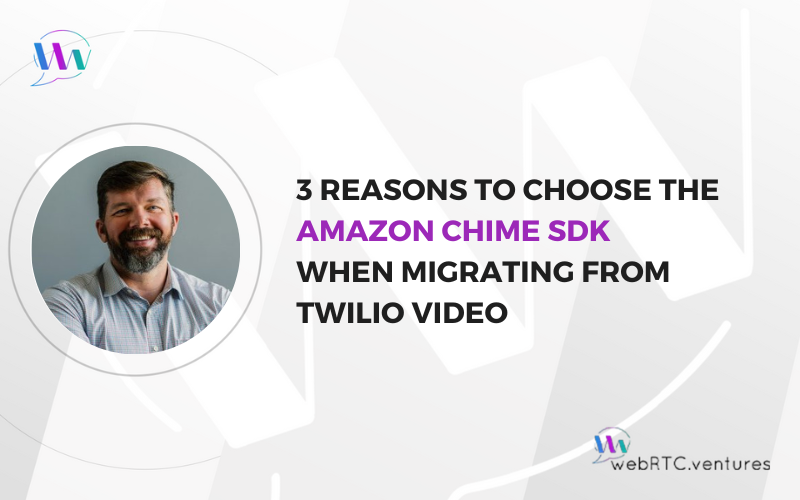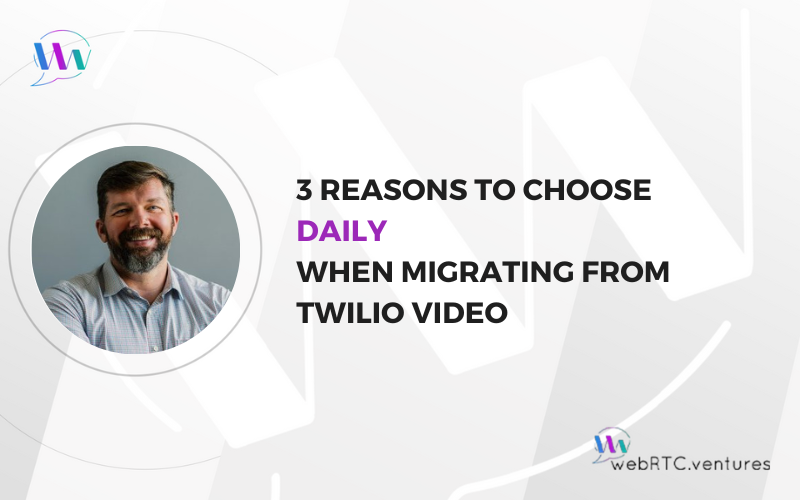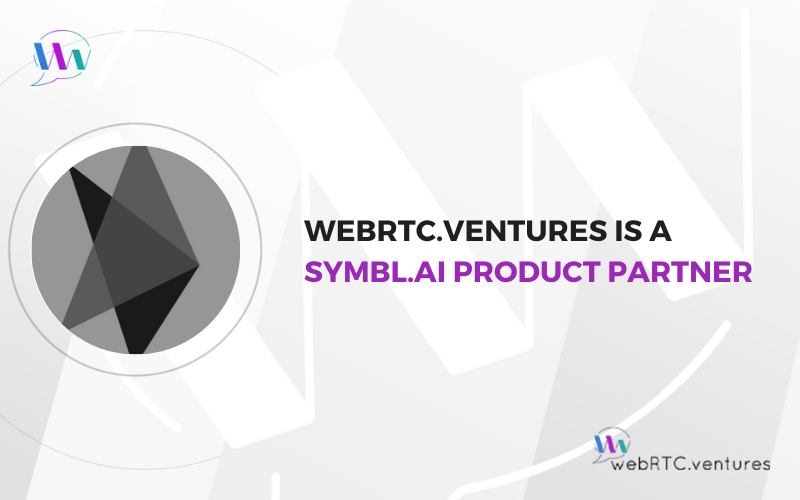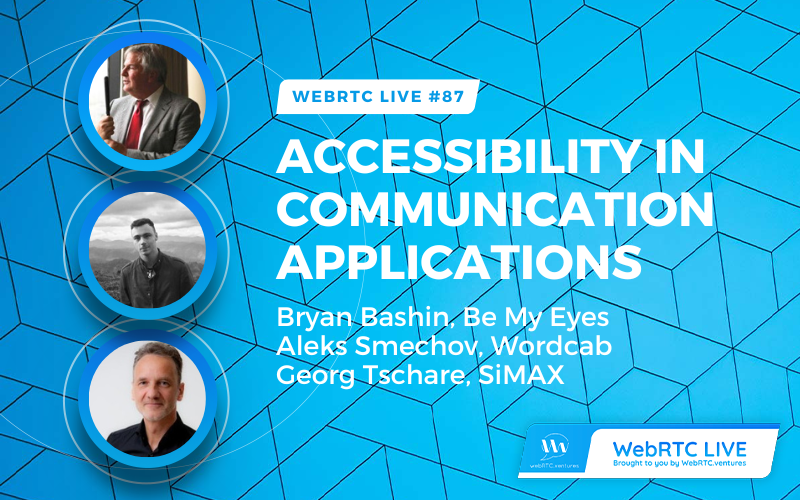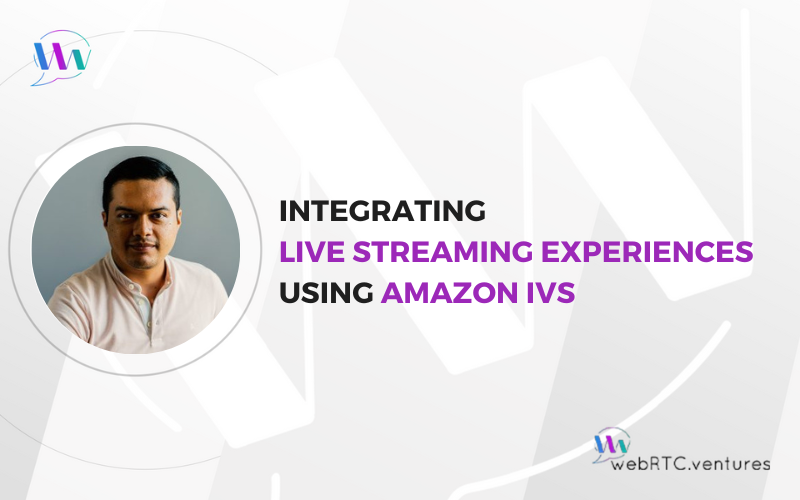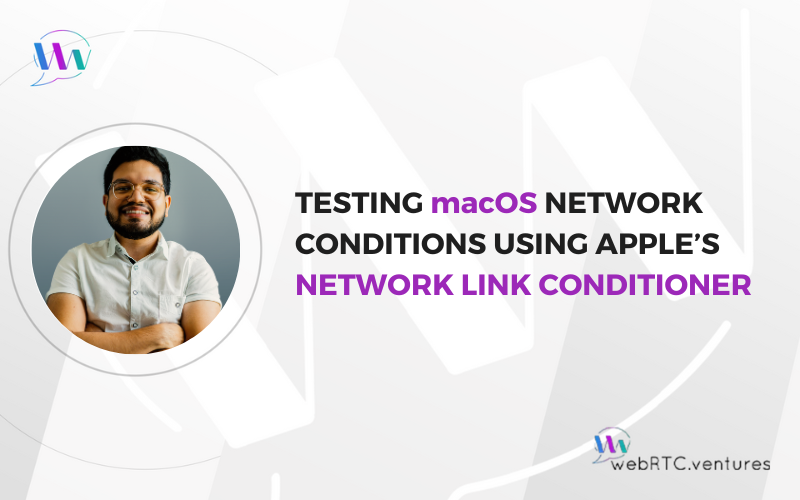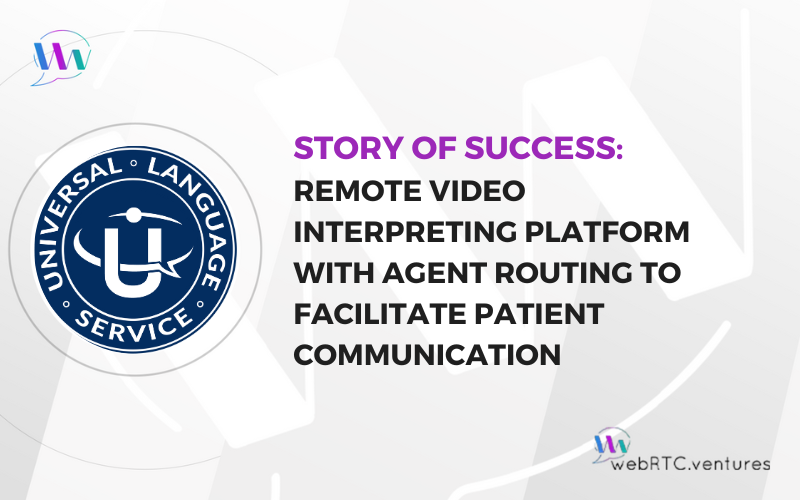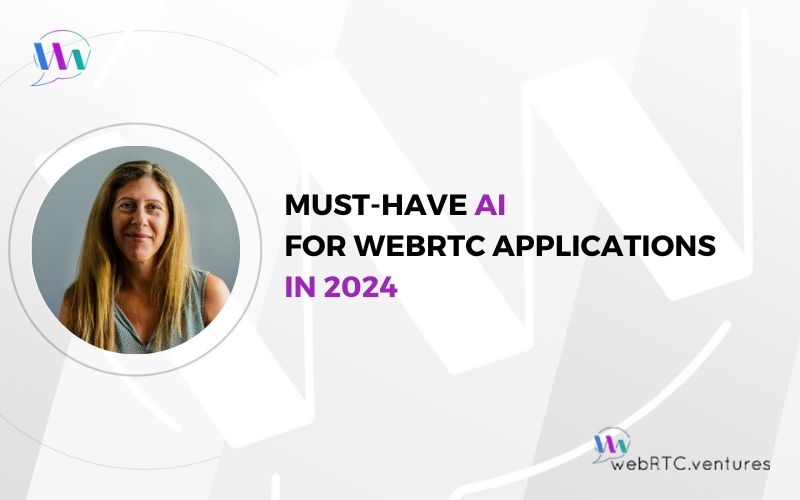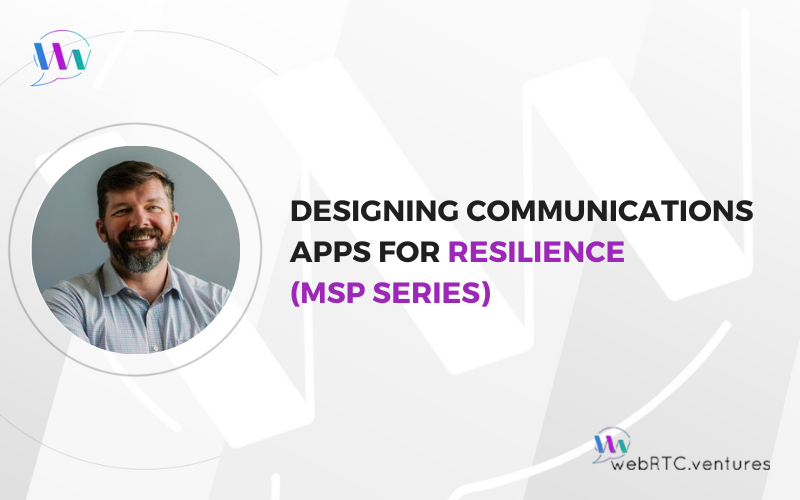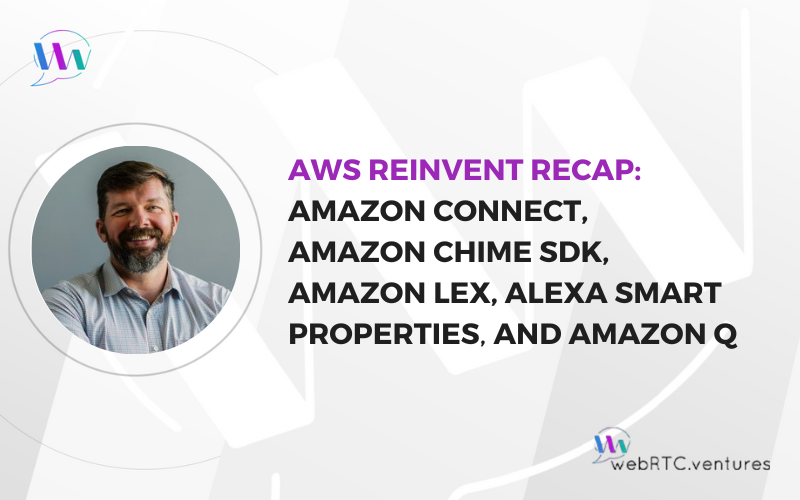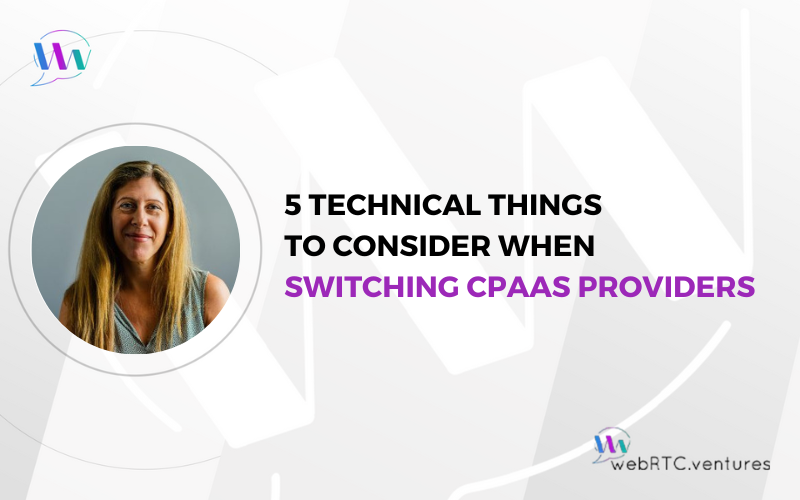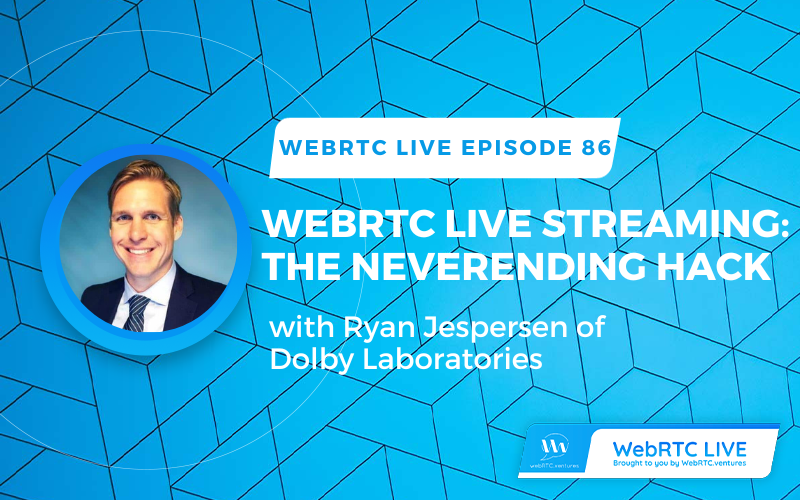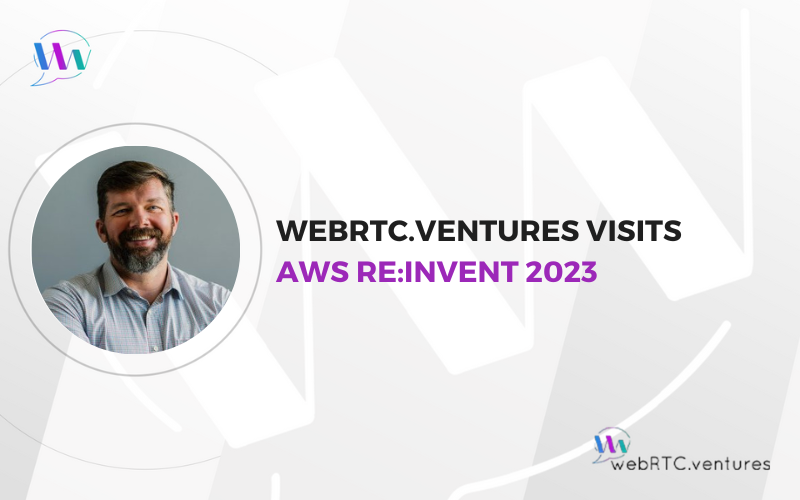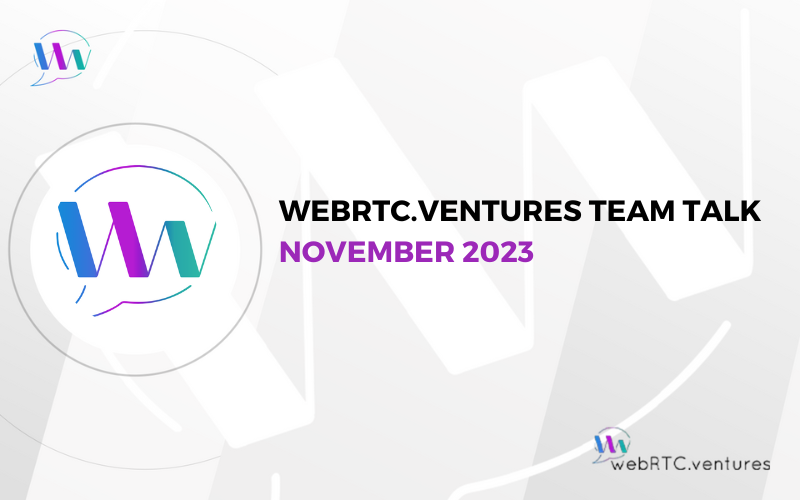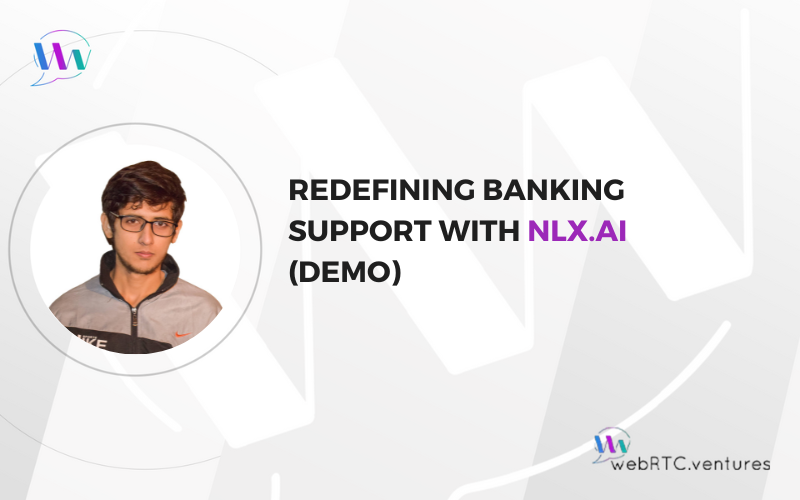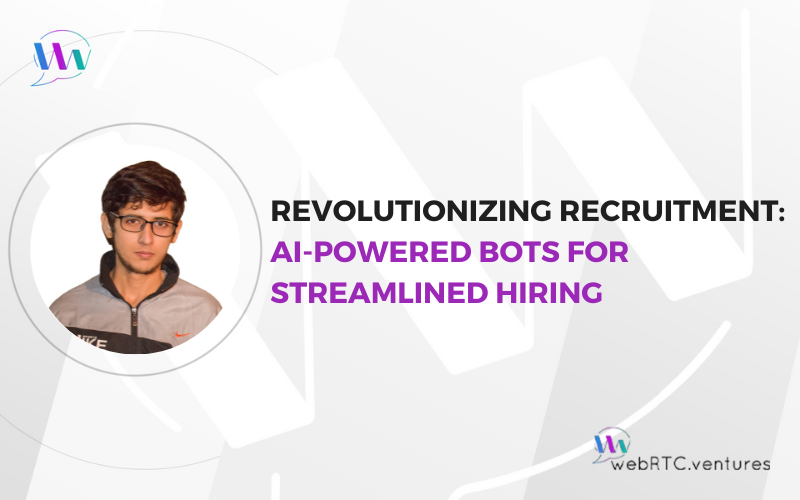January 22, 2024
ArinSime
Comments Off on 3 Reasons to Choose the Amazon Chime SDK When Migrating From Twilio Video
3 Reasons to Choose the Amazon Chime SDK When Migrating From Twilio Video
Meet with our CTO to discuss your Twilio migration Many companies are considering how to gracefully transition from Twilio Video and where to go before it sunsets in December 2024. Earlier this month, I hosted a webinar on this subject with special guests from our expert WebRTC.ventures team. You can find the webinar video and slides, links to presentation resources, and a migration plan timeline on our Migrating From Twilio Video Resource page. There are
January 22, 2024
ArinSime
Comments Off on 3 Reasons to Choose Daily When Migrating From Twilio Video
3 Reasons to Choose Daily When Migrating From Twilio Video
Meet with our CTO to discuss your Twilio migration Many companies are considering how to gracefully transition from Twilio Video and where to go before it sunsets in December 2024. Earlier this month, I hosted a webinar on this subject with special guests from our expert WebRTC.ventures team. You can find the webinar video and slides, links to presentation resources, and a migration plan timeline on our Migrating From Twilio Video Resource page. There are
WebRTC.ventures is a Symbl.ai Product Partner
WebRTC.ventures is excited to announce our official status as a trusted Symbl.ai Product Partner. Building on a series of successful collaborations, we look forward to continuing to work with the Symbl team to develop real-time video, audio, and data communication solutions driven by Symbl.ai's powerful generative AI for comprehensive conversation insights. View our partner page on the Symbl.ai site View Symbl.ai’s partner page on the WebRTC.ventures site Transform multi-party video and audio conversations into knowledge
January 10, 2024
Jen Oppenheimer
Comments Off on Watch WebRTC Live #87: Accessibility in Communication Applications
Watch WebRTC Live #87: Accessibility in Communication Applications
On January 10, 2024, Arin Sime welcomed a panel of experts each with a unique perspective on meeting the challenge of accessibility in communication applications. While web applications have consistently prioritized accessibility, conversations around accessibility in video applications often start and end with captions for the hearing impaired. With the emergence of AI services capable of real-time audio and video processing, we have the potential to enhance accessibility in communication applications significantly. Connecting blind and
January 9, 2024
Hector Zelaya
Comments Off on Integrating Live Streaming Experiences Using Amazon IVS
Integrating Live Streaming Experiences Using Amazon IVS
Amazon Interactive Video Service (Amazon IVS) provides a managed platform on which to build engaging live streams and interactive video experiences without having to worry about the underlying infrastructure. One can imagine all of the many use cases for Amazon IVS, from gaming to live events. When we took it for a spin, we focused on creating a dynamic and engaging online shopping experience with the addition of live streaming. We took this a step
Migrating From Twilio Video Webinar with Live Q&A
Missed this special presentation? No worries! We've compiled a host of resources, including the webinar video and slides, links to presentation resources, and a Twilio Migration Plan Timeline. Visit our Migrating From Twilio Video Resource page. On Friday, January 12, 2024 at 12:00 p.m. EST, WebRTC.ventures will host a special presentation to aid businesses relying on Twilio for their video communications. The webinar will guide them in exploring alternative solutions to implement well before Twilio Programmable
January 8, 2024
José Saavedra
Comments Off on Testing macOS Network Conditions Using Apple’s Network Link Conditioner
Testing macOS Network Conditions Using Apple’s Network Link Conditioner
In today's dynamic tech landscape, it's important to ensure your application performs seamlessly under various network conditions. This is even more crucial for live video applications, where the quality and reliability of a computer network impacts the communication experience significantly. A technique known as "network throttling" provides insights into the loading time of a webpage on a specific mobile device under particular network conditions. Moreover, it empowers QA professionals, such as my colleagues and I
January 4, 2024
Jen Oppenheimer
Comments Off on Story of Success: Remote Video Interpreting Platform with Agent Routing to Facilitate Patient Communication
Story of Success: Remote Video Interpreting Platform with Agent Routing to Facilitate Patient Communication
In this multi-stage project, we performed an assessment to choose the optimal tech stack for this start-up, then built a remote video translation call center / telehealth platform with agent routing powered by the Vonage Communication APIs that also integrated with telephony. Finally, we created a mobile companion app. Type of Application: Video Conferencing, Call Center Agent Routing, Telehealth, Telephony Client: Universal Language Service Partner: Vonage Features: High-quality, low-latency video and audio conferencing for up
Must-Have AI for WebRTC Applications in 2024
It’s the time of the season where we take stock of the year behind us and set our sites on the one ahead. In the business world, we must separate the frenzied fads from here-to-stay essentials that are worth investing in with smaller 2024 budgets. This is true in industries from fashion to food, and of course, tech. AI was certainly the tech topic of the year in 2023, and that’s not going to change
December 20, 2023
ArinSime
Comments Off on Designing Communications Apps for Resilience (MSP Series)
Designing Communications Apps for Resilience (MSP Series)
In the first post in our series on application design factors that facilitate post-production support for WebRTC and other kinds of communication apps, we spoke about Designing for Observability. Today, we will talk about Designing for Resilience. Refer to the post linked above for more on how communication applications are inherently more complex than regular web applications. And if you don’t have a Managed Service Provider (MSP) for your application, be sure to read another
December 14, 2023
ArinSime
Comments Off on AWS reInvent Recap: Amazon Connect, Amazon Chime SDK, Amazon Lex, Alexa Smart Properties, and Amazon Q
AWS reInvent Recap: Amazon Connect, Amazon Chime SDK, Amazon Lex, Alexa Smart Properties, and Amazon Q
AWS re:Invent is always one of the biggest tech conferences of the year. The 2023 edition was no exception. It’s the sort of conference where if you don’t plan the sessions you want to attend in advance and reserve seats, you’ll probably miss out. Many sessions are already full 30 minutes before the start. Combine that with conference locations spread across four major Las Vegas resorts! I was there for the week going to sessions
December 6, 2023
Jen Oppenheimer
Comments Off on 5 Technical Things to Consider When Switching CPaaS Providers
5 Technical Things to Consider When Switching CPaaS Providers
Visit our Migrating From Twilio Video Resource page. The big news this week is that Twilio Programmable Video is being sunsetted. Many companies are considering what their next step will be and how to transition away from Twilio for their video services. In this blog post, we’ll talk about a few things you need to consider when switching CPaaS providers or moving from one open source media server to another for your WebRTC communications application.
December 6, 2023
Jen Oppenheimer
Comments Off on Watch WebRTC Live #86: WebRTC Live Streaming – The NeverEnding Hack
Watch WebRTC Live #86: WebRTC Live Streaming – The NeverEnding Hack
On December 6, 2023, Arin Sime welcomed Ryan Jespersen back to the show to discuss live streaming with WebRTC and what Ryan calls “The NeverEnding Hack”. They explore the past, present, and future of the hacks that enable us to use WebRTC for live streaming. Ryan is the Director of Product Strategy at Dolby Laboratories where he works on live streaming at scale using WebRTC. He is a Technology executive with 20 years of experience
Twilio Programmable Video Announces Sunset
Visit our Migrating From Twilio Video Resource page. The WebRTC space has gone through many changes over the last few years. It transformed from a niche technical skill set to the technical platform that kept the remote world communicating during the early part of the pandemic and is now settling in as a critical part of the global hybrid workforce. An announcement today hinted at another era for video application development, an era of consolidation.
WebRTC.ventures visits AWS Re:Invent 2023
WebRTC.ventures attended AWS Re:Invent 2023 in Las Vegas. Their biggest cloud event of the year! Below is a video update from the conference. I expand a few key technical and use case topics relevant to our work here at WebRTC.ventures in the blog post: AWS reInvent Recap: Amazon Connect, Amazon Chime SDK, Amazon Lex, Alexa Smart Properties, and Amazon Q. Video Update from AWS Re:Invent 2023 WebRTC.ventures is a member of the Amazon Partner
WebRTC.ventures Team Talk: November 2023
Thanksgiving has passed and Christmas is just around the corner (although let's admit it, decorations have been out since October 😛). Before Santa comes to town, here's November's WebRTC.ventures Team Talk as an early present, since you've been so good. Our skilled team of software developers, designers, testers, DevOps experts, and project leads continue building great real-time communication application solutions that span multiple industries and use cases. Each month we ask them to share the
Redefining Banking Support with NLX.ai (Demo)
AI has rapidly evolved from a mere amusement to a fundamental tool that empowers online users to take care of complex activities without the need of a live agent. Conversational AI solutions offer the ability to create high-quality chat bots through which customers can schedule appointments, check order status, answer product questions, and much more -- without pressure on the call center. In a previous post, “Building a Reservation Bot with the NLX Conversational AI
November 29, 2023
Alberto Gonzalez
Comments Off on The Benefits of On-Prem Hosting for Telehealth Applications
The Benefits of On-Prem Hosting for Telehealth Applications
The healthcare landscape has been transformed, especially in the last three years. Telehealth is no longer just a temporary solution; rather a fundamental component of modern healthcare delivery. This is true for both everyday general healthcare and a growing array of specialized services such as telepathology, telecardiology, telesurgery, teleradiology, teledermatology, and of course, teletherapy and telepsychiatry. Security and Privacy Considerations Compliance with privacy and security standards is crucial in telehealth, irrespective of the speciality. In
November 22, 2023
Fahad Mahmood
Comments Off on Revolutionizing Recruitment: AI-Powered Bots for Streamlined Hiring
Revolutionizing Recruitment: AI-Powered Bots for Streamlined Hiring
Hiring is a multifaceted challenge for both employers and job seekers. Navigating the intricacies of candidate evaluation adds an unwieldy layer of complexity to the hiring process. To make the hiring process more efficient–and more pleasant–for all parties, we built an AI-powered “recruitment bot” using Amazon Lex and Open AI (ChatGPT 3.5). Today, we will review the benefits of implementing recruitment bots in the hiring process, and build and demo one powered by Amazon Lex.
Designing Communication Applications for Observability
WebRTC.ventures was founded as a custom design and development firm specializing in building live video applications. In the past, most of the time we turned the final code over to our clients to manage in production. In reality, however, we would often stick around to help support their teams in maintenance and management of the application in production. To recognize that necessity, we have been formalizing our Managed Services offerings in 2023. Many of our
